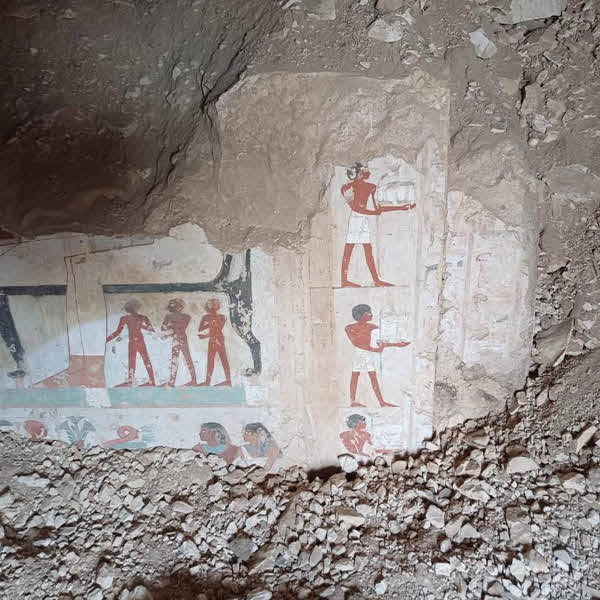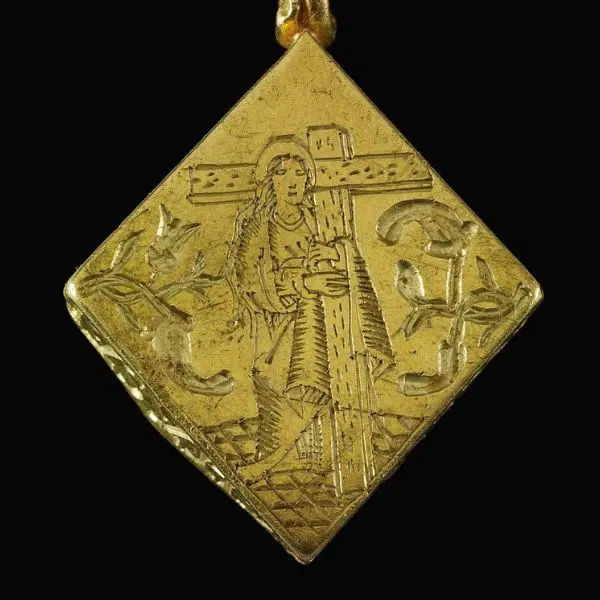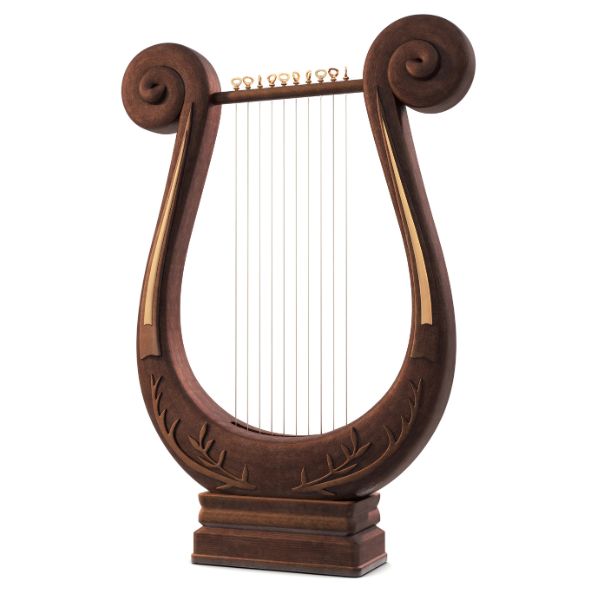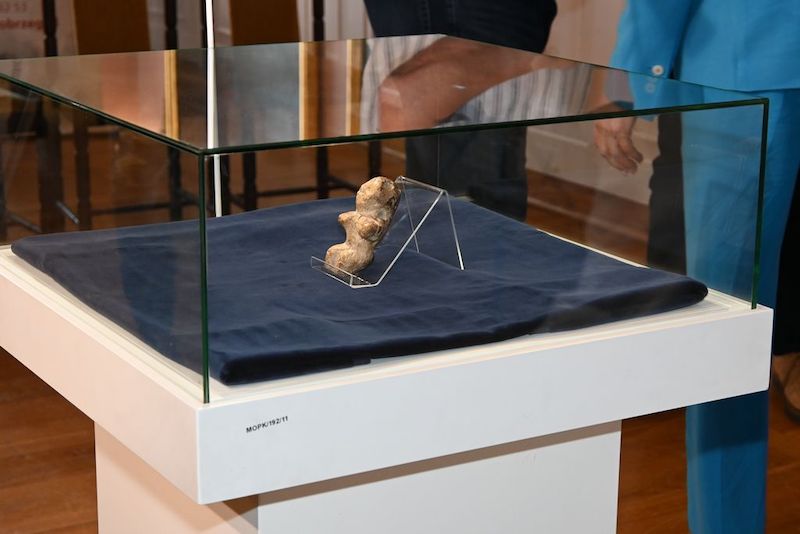
Archaeologists in Poland have announced the discovery of a rare 6,000-year-old limestone figurine, found by a farmer near the city of Kołobrzeg. Dating back to the Neolithic era, the artifact—named the Venus of Kołobrzeg—is believed to have been created by early agricultural settlers along the Baltic coast.
The figurine was discovered in December 2022 by a farmer in a village near the Parsęta River, close to Kołobrzeg. Archaeologists and researchers from the Relicta Foundation took time to verify its authenticity and confirm the exact location of the find. After careful analysis, they were able to determine its likely origin and purpose.
Standing just 5 inches tall (12 centimeters), the beige, hand-carved limestone figurine has a featureless face and two small legs. Its hips and breasts are exaggerated, leading archaeologists to believe it likely represents a female fertility goddess. It also shows signs of smoothing, suggesting it may have been handled frequently, or even rubbed like a good luck charm. Historians believe the ancient figure might have even been used in rituals or ceremonies for promoting fertility, survival, and prosperity.
Simple human-like figurines like this one have been found at many Neolithic sites dating back to the 6th and 5th millennia BCE, especially in regions south and southeast of the Carpathian Mountains. Similar pieces have also been discovered in places like Anatolia and southern Europe. But the Venus of Kołobrzeg is the first of its kind discovered in Poland. Most Neolithic Venus figurines were made of clay, while stone versions—carved from sandstone, marble, or limestone—are much less common.
The Venus of Kołobrzeg is now housed in the permanent collection of the Polish Arms Museum (Muzeum Oręża Polskiego) in Kołobrzeg, where it stands out as one of the oldest and most distinctive artifacts in the museum’s archive. “I can safely say that this is the find of the century,” Aleksander Ostasz, the museum’s director said. “What was discovered…is truly something phenomenal, extraordinary. It absolutely pushes the boundaries of our history of Kolobrzeg.”
Check out photos of the fascinating Venus of Kołobrzeg figurine below.
Archaeologists in Poland have announced the discovery of a rare 6,000-year-old limestone figurine, found by a farmer near the city of Kołobrzeg.
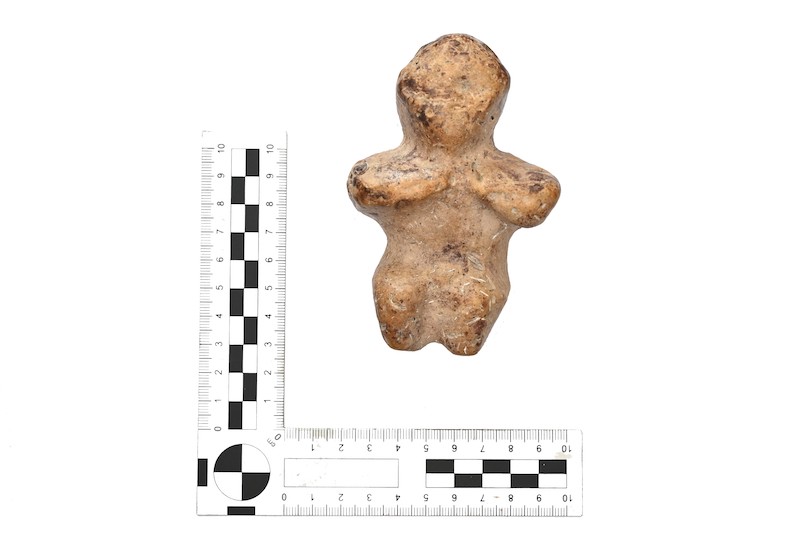
Dating back to the Neolithic era, the artifact—named the Venus of Kołobrzeg—is believed to have been created by early agricultural settlers along the Baltic coast.
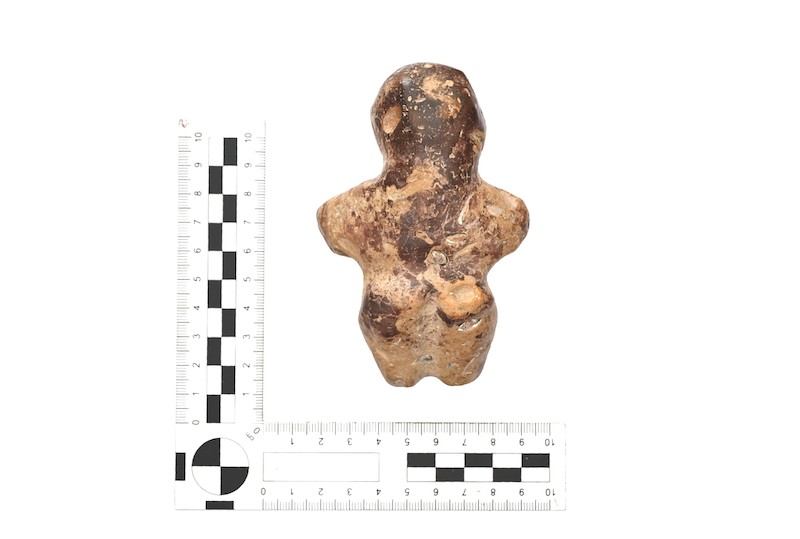
Historians believe the ancient figure might have even been used in rituals or ceremonies for celebrating fertility and promoting survival and prosperity.
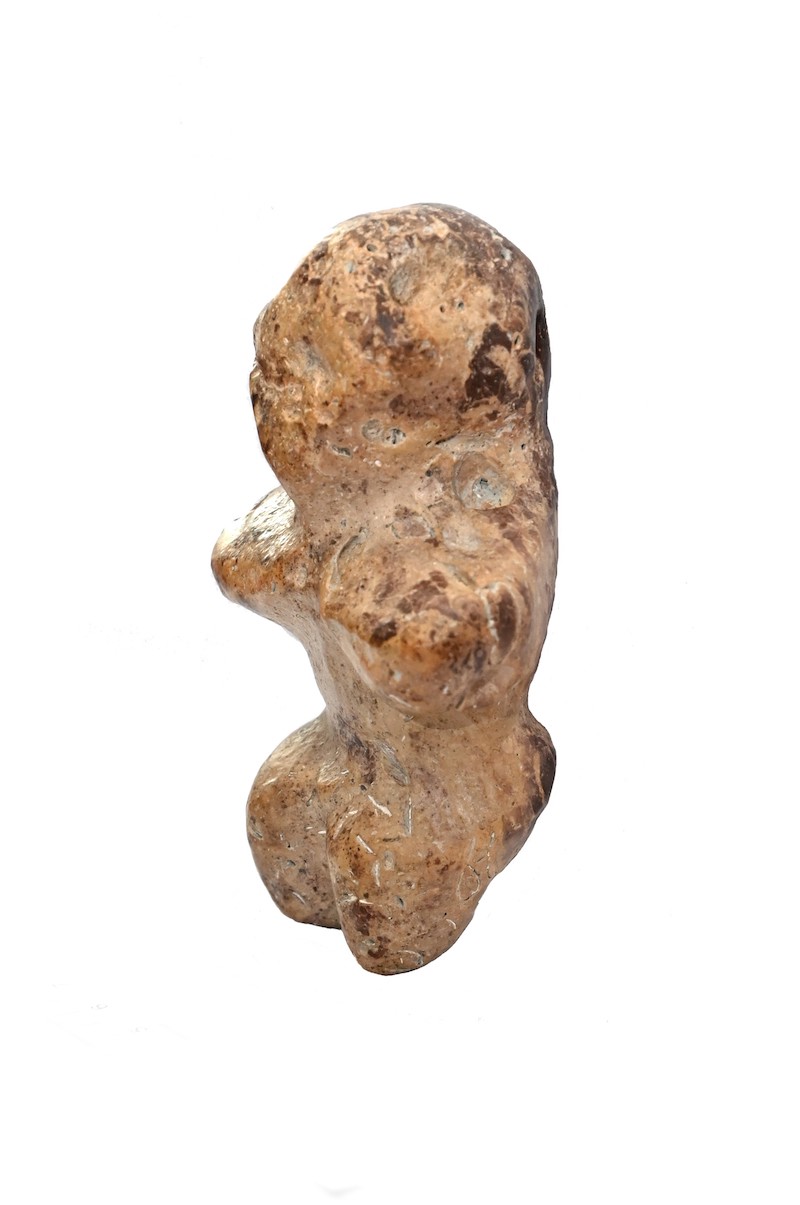

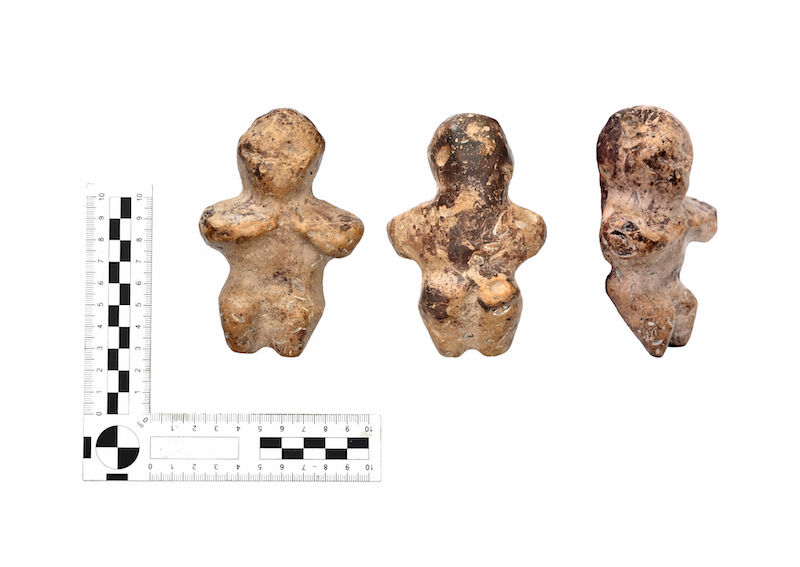
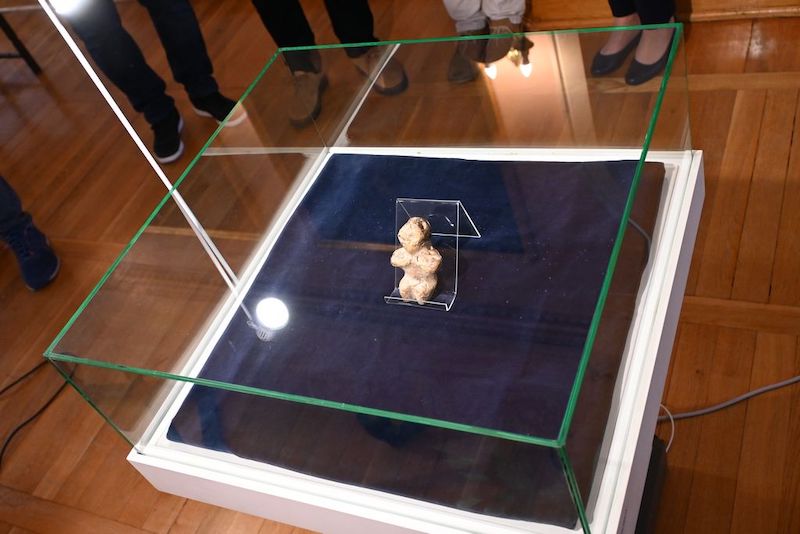
Muzeum Oręża Polskiego w Kołobrzegu: Website | Facebook
My Modern Met granted permission to feature photos by Polish Arms Museum / Muzeum Oręża Polskiego w Kołobrzegu.
Related Articles:
Missing Medieval Chess Piece Discovered in Family Home After 200 Years, Now Worth Nearly $1M
Longstanding Mystery Surrounding the Origins of a 30,000-Year-Old Figurine Is Solved















































































